Editors’ Picks




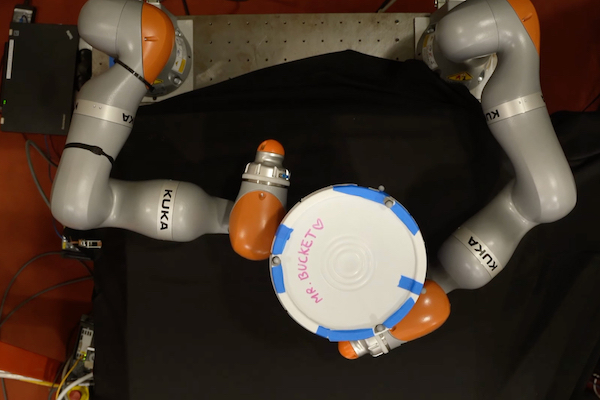
Found in Robotics News & Content, with a score of 2.94
…contact events, planning for this task quickly becomes intractable. MIT researchers said they have found a way to simplify this process, known as contact-rich manipulation planning. They use an artificial intelligence technique called smoothing. It summarizes many contact events into a smaller number of decisions, to enable even a simple algorithm to quickly identify an effective manipulation plan for the robot. Manipulation planning promises new robotics applications While still in its early days, this method could potentially enable factories to use smaller, mobile robots that can manipulate objects with their entire arms or bodies, rather than large robotic arms that…
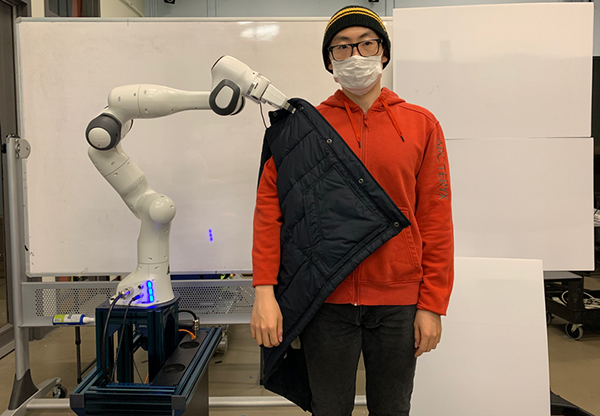
Found in Robotics News & Content, with a score of 2.77
…careful observation and comprehension of human behavior. Scientists from MIT’s Computer Science and Artificial Intelligence Laboratory (CSAIL) recently created a new algorithm to help a robot find efficient motion plans to ensure physical safety of its human counterpart. In this case, the robot helped put a jacket on a human, which could prove to be a powerful tool in expanding assistance for those with disabilities or limited mobility. “Developing algorithms to prevent physical harm without unnecessarily impacting the task efficiency is a critical challenge,” said Shen Li, an MIT Ph.D. student and a lead author on a new paper about…
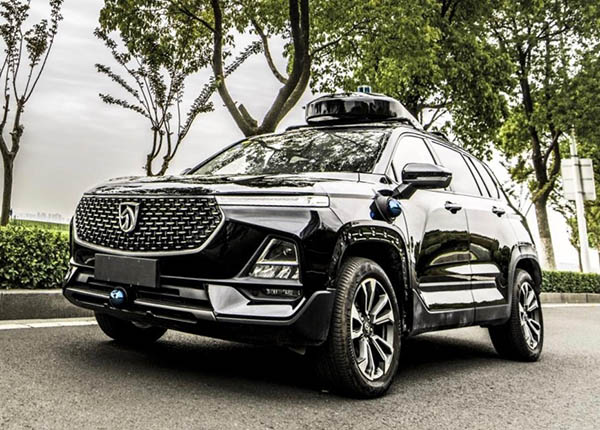
Found in Robotics News & Content, with a score of 2.76
…around the world to make this vision a reality.” MIT alums make up Venti leadership team Venti was founded in 2018 by a team with strong MIT roots, including Chief Executive Officer Dr. Heidi Wyle, Chief Scientific Officer Dr. Xinxin Du, and MIT electrical engineering and computer science professors Daniela Rus, Director, Computer Science and Artificial Intelligence Laboratory (CSAIL) and MacArthur Fellow, and Saman Amarasinghe. LG Technology Ventures, established in 2018 in Silicon Valley, is the venture capital investment arm of the Korea based LG Group. Its team consists of experienced investors, entrepreneurs, technologists and industry domain experts. LG Technology…
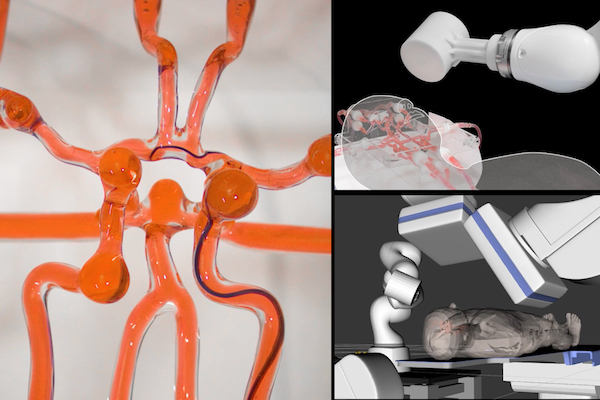
Found in Robotics News & Content, with a score of 2.71
…be administered to minimize any damage to the brain. MIT says teleoperated robot could democratize care The MIT team said it envisions that its robotic system could be installed at smaller hospitals and remotely guided by trained surgeons at larger medical centers. The system includes a medical-grade robotic arm with a magnet attached to its wrist. With a joystick and live imaging, an operator can adjust the magnet's orientation and manipulate the arm to guide a soft and thin magnetic wire through arteries and vessels. The researchers demonstrated the system in a “phantom,” a transparent model with vessels replicating complex…

Found in Robotics News & Content, with a score of 2.68
…Drones to Catalog and Manage Inventory New research from MIT proposes lightweight drones that can help track and manage inventory in large-scale environments by allowing passive, long-range radio frequency identification (RFID) scanning. RFID tags have long provided a potential solution to the problem of effective package tracking through digital cataloging. Think of it as a much more sophisticated version of barcode scanning. However, RFID technology has been limited in implementation because the most common RFID tags are passive and short range. The battery-free “smart stickers” cannot send out a signal until they are scanned by a reader. Thus, while RFID…

Found in Robotics News & Content, with a score of 2.44
…enhance the problem-solving capabilities of household robots. Researchers at MIT’s Computer Science and Artificial Intelligence Laboratory (CSAIL) are using machine learning to cut down on the typical iterative process of task planning that considers all possible actions. PIGINet eliminates task plans that can’t satisfy collision-free requirements, and it reduces planning time by 50% to 80% when trained on only 300 to 500 problems. Typically, robots attempt various task plans and iteratively refine their moves until they find a feasible solution, which can be inefficient and time-consuming, especially when there are movable and articulated obstacles. Maybe after cooking, for example, you…

Found in Robotics News & Content, with a score of 2.25
…Iagnemma directed the Robotic Mobility Group research laboratory at MIT, where he authored publications related to robotics and AI that have been cited more than 20,000 times. Iagnemma is also an inventor with more than 50 issued or pending patents in robotics and autonomous vehicles. “We are excited to see a skilled technologist and experienced leader like Karl take the helm at Vecna Robotics, guiding the company into its next chapter and further strengthening its leadership in the material handling robotics sector,” said Griffin Schroeder, Partner at investment firm Tiger Global. Angel investment made to Vecna by Iagnemma in 2020…

Found in Robotics News & Content, with a score of 2.19
…big part of his work, which takes place in MIT's Nanophotonics and 3D Nanomanufacturing Laboratory, involves studying common 3D printing approaches that expose a material to light to harden, or cure, it. One such approach, digital light processing (DLP), uses a flash of light from a projector to cure each layer of material being printed. BMF uses a special lens to focus projected light at much smaller scales. “The process shares a lot of similarities with regular microscopes, except we’re delivering a digital picture instead of illuminating uniform light in a microscope,” Fang explained. BMF has also developed novel software…
Found in Robotics News & Content, with a score of 2.04
…Technological University, Singapore (NTU Singapore), Massachusetts Institute of Technology (MIT), and Brown University have developed new approaches that improve the accuracy of a material testing technique by using machine learning. Nano-indentation—the process of poking a sample of a material with a sharp needle-like tip to see how the material responds by deforming—is important in many manufacturing applications, but its poor accuracy in obtaining certain key mechanical properties of a material, has prevented it from being used widely in industry. Using the standard nano-indentation process and feeding its experimentally measured data to a neural network machine learning system, the scientists developed…
Found in Robotics News & Content, with a score of 1.92
…Partner Network and later became a founding member of MIT’s Center for Additive and Digital Advanced Production Technologies (ADAPT)—a consortium focused on scaling new manufacturing technology through research, education, actionable insights and an MIT-based ecosystem that pairs industry and academia. “Additive manufacturing has moved well beyond this worn-out notion that it has to prove its worth—we’ve seen firsthand its maturation over the years and have literally 3D printed millions of parts during that time,” says Protolabs’ president and CEO, Vicki Holt. “We know it’s an extremely valuable prototyping tool but it has now made significant strides in materials and technology…
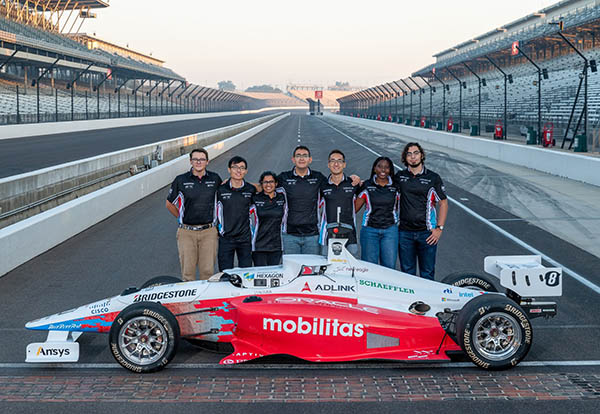
Found in Robotics News & Content, with a score of 1.90
…as from the winner. In the case of the MIT-PITT-RW team, the “scrappy undergrads” were not able to finish the race, but their experience was valuable to the students and autonomous vehicle research. Leading into the event, the University of Pittsburgh team faced challenges including developing software that could handle perception and steering at high speeds, getting funding, and working with partners across the country. Nayana Suvarna, a senior undergraduate at the University of Pittsburgh, was the youngest and only female co-captain at the Indy Autonomous Challenge (IAC). She does not have a driver's license, but she is studying computer…
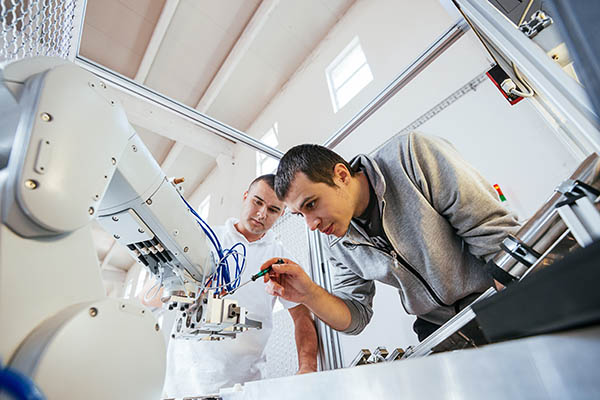
Found in Robotics News & Content, with a score of 1.84
…a graduate student in the Interactive Robotics Group of MIT's Computer Science and Artificial Intelligence Laboratory (CSAIL) and lead author of the paper. This is particularly true in the manufacturing and health care industries. “Whether or not we try to help people build conceptual models of robots, they will build them anyway,” she said. “And those conceptual models could be wrong. This can put people in serious danger. It is important that we use everything we can to give that person the best mental model they can build.” Theoretical approaches should be deliberate While many research papers incorporated partial elements…



